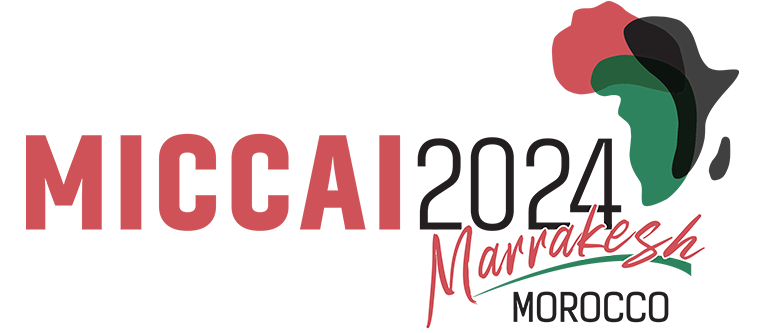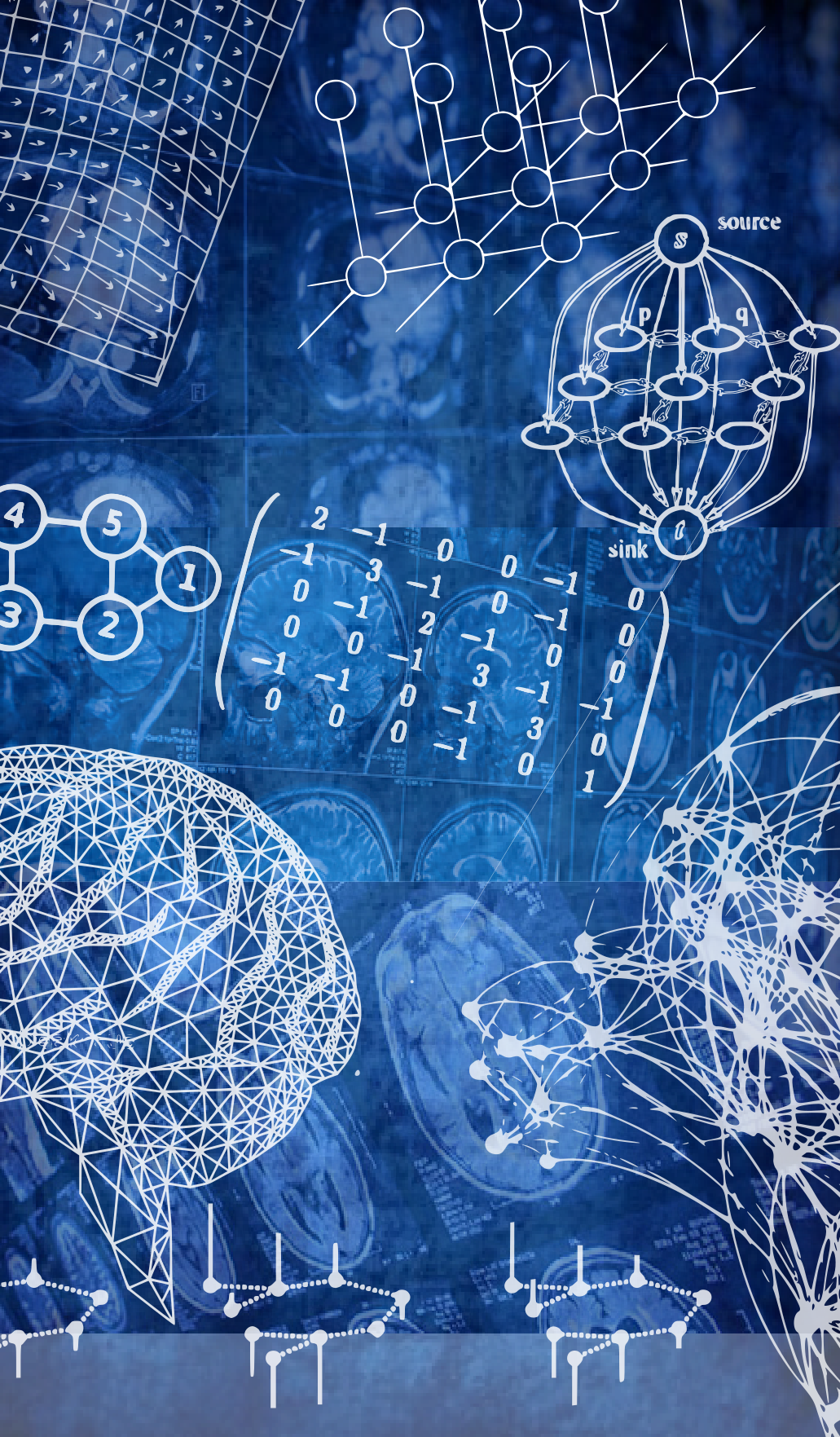NEWS!
- 05.04.2024: Excellent News - our proposal for GRAIL 2024 was accepted as an in-person workshop at MICCAI 2024. Stay tuned for further announcements!
- 05.04.2024: The GRAIL 2024 Website is up and running! .



GRAIL 2024 is the sixth international Workshop on GRaphs in biomedicAl Image anaLysis, organised as an in-person satellite event of MICCAI 2024 in Marrakesh, Marocco.
Graphs are powerful mathematical structures that provide a flexible and scalable framework to model unstructured information, objects and their interactions in a readily interpretable fashion. Graph theory provides a solid mathematical foundation for models and algorithms, such as spectral analysis, dimensionality reduction, and network analysis. Since 2017, geometric deep learning has married the field of graph signal processing with the flexibility and rapid advancements of deep neural architectures. Since then, applications of graph neural networks (GNNs) in medicine have been steadily increasing, ranging from medical imaging and shape understanding, brain connectomics, population models and patient multi-omics to discovery and design of novel drugs and therapeutics. In the leading computer vision and ML conferences (CVPR, ICLR, NeurIPS), GNNs have been among the hottest topics in 2022 and 2023 and will likely increase in interest in 2024. With this workshop, we aim to provide a platform for understanding and application of graph-based models as versatile and powerful tools in biomedical image analysis and beyond. Our goal is to bring together scientists that develop graph-based models, and encourage their application to difficult clinical problems within a variety of biomedical data contexts. GRAIL 2023 featured keynote presentations from leading researchers in the graph community, and paper submissions on a wide range of topics, from brain connectomics and whole-slide image analytics, over semantic priors from biomedical knowledge graphs, explainable AI approaches for GNNs, to GNN-based genome alignment and their incorporation into multi-omics patient representations. For 2024, we expect a similarly exciting lineup of keynotes and paper submission.
As GRAIL 2024 will be an in-person workshop, registration will happen via the main conference website. Please visit the MICCAI 2024 Registration page for details.
